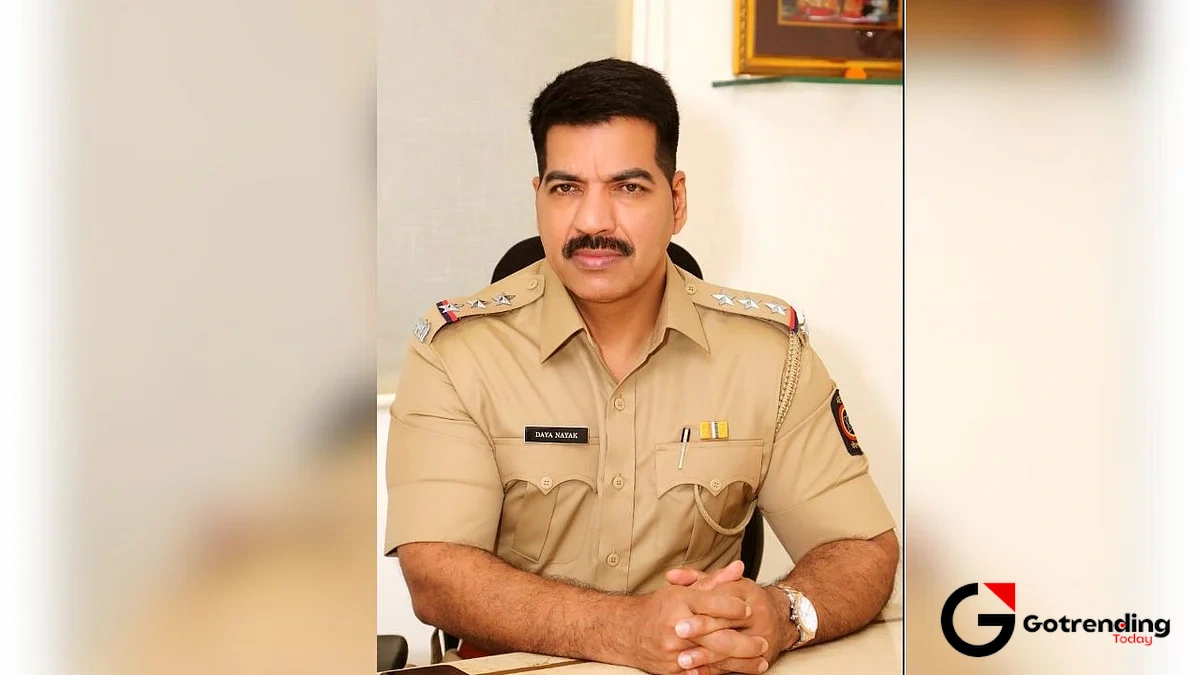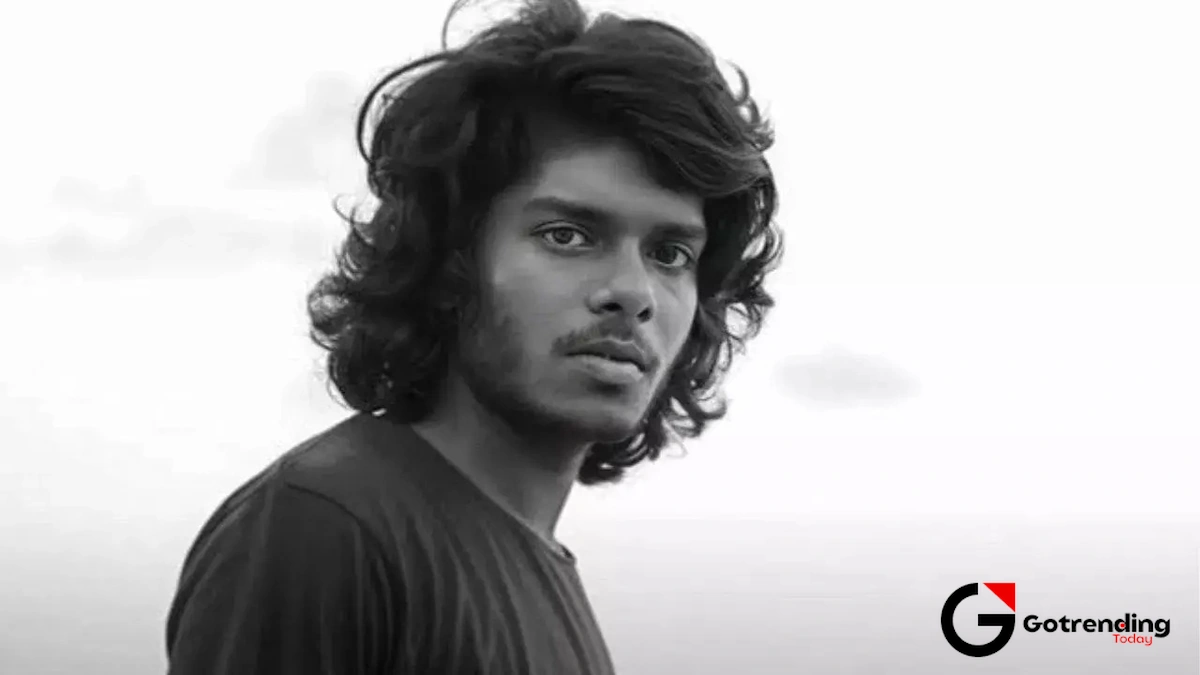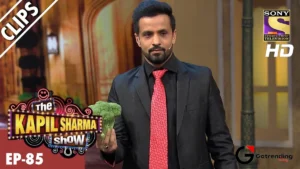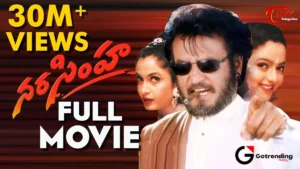The Man, The Myth, The Mumbai Headline | Untangling Daya Nayak
There are some names that just have a certain weight to them, don’t they? A resonance. In the Mumbai of the late 90s and early 2000s, one of those names was Daya Nayak . It wasn’t just a name; it was a headline, a whisper in the underworld, a sigh of relief for some citizens, and a source of deep unease for others. For a kid growing up then, reading the papers, the name was synonymous with a certain brand of brutal, cinematic justice. He wasn’t just a cop; he was an ‘encounter specialist’.
And that term, ‘ encounter specialist ’, is where the whole story begins and, frankly, where it gets complicated. It’s a uniquely Indian euphemism, born out of a specific time and place. It sounds clean, almost surgical. The reality was anything but.
When Mumbai Needed A Different Kind of Cop

You have to understand what Mumbai was like back then. This wasn’t the gleaming financial hub of today. The city was in the grip of organized crime. Gangs like Dawood Ibrahim’s D-Company and the Chhota Rajan faction were running rampant. Extortion, contract killings, bombings it was a low-grade war fought on the city’s streets. The normal machinery of law and order felt slow, cumbersome, and frankly, completely outmatched.
So, a new strategy emerged. A tacitly approved, deeply grey-area approach. The state decided to fight fire with fire. Enter a new breed of officer from the Mumbai Police . Young, aggressive, and given a seemingly free hand to eliminate gangsters. They didn’t make arrests; they created ‘encounters’. And Daya Nayak became the poster boy for this era.
The official count is somewhere around 80 encounters. Eighty men who met their end at the other side of his gun. To a public terrified by gangsters, he was a hero. A real-life Dirty Harry cleaning up the streets when the system couldn’t. He was celebrated, lionized. The Daya Nayak story wasn’t just a police record; it was modern folklore in the making. It was a story people wanted to believe in. Actually, that’s not quite right. It was a story people needed to believe in.
From Street Justice to Silver Screen
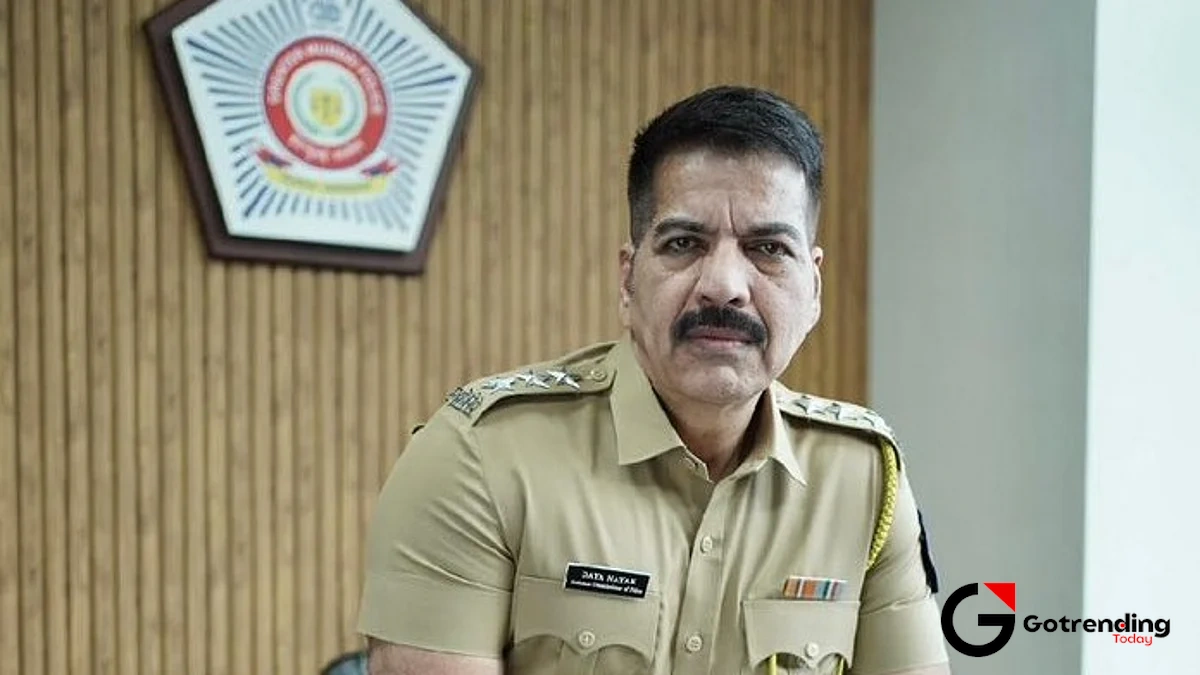
And of course, Bollywood couldn’t resist. How could it? This stuff was more dramatic than any scriptwriter could invent. The persona of the tough, morally ambiguous cop who gets results became a genre unto itself. Films like Shimit Amin’s Ab Tak Chhappan, starring the brilliant Nana Patekar, were directly inspired by the lives of these officers. The protagonist wasn’t a clean, khaki-clad hero; he was cynical, world-weary, and understood that to hunt monsters, you had to get your hands very, very dirty.
This is where the line blurred completely. Was Daya Nayak a public servant or a public figure? He was giving interviews, attending functions, even inaugurating a school in his native village in Karnataka. The cop became a celebrity. It’s a fascinating, and slightly terrifying, feedback loop. The media creates the myth, Bollywood polishes it, and the public consumes it, further cementing the myth. The man himself is almost lost in the process.
It’s strange to think how much has changed since then, not just in policing but in everyday life. We’re all walking around with pocket supercomputers now (I mean, look at something like the Xiaomi Redmi Note 14 SE 5G ), but the fundamental questions of justice remain just as complex.
The Inevitable Scrutiny
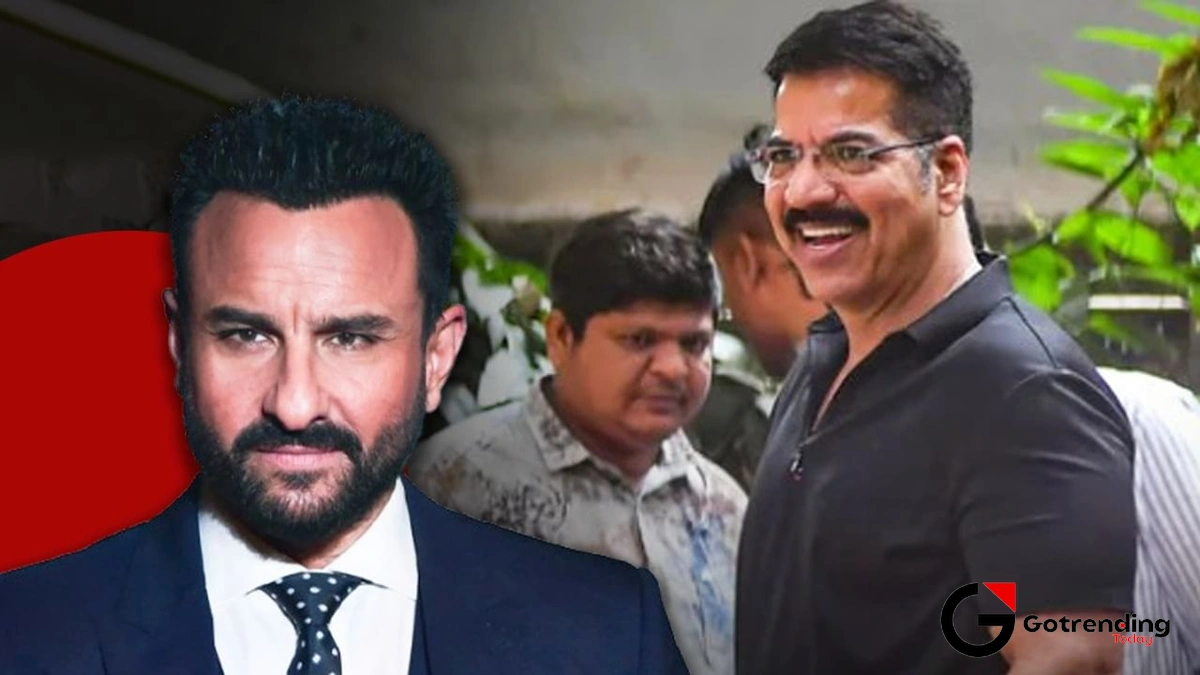
But here’s the thing about riding a tiger: you can’t get off. The very system that created and celebrated the encounter specialists eventually turned on them. And the fall, when it came, was just as dramatic as the rise.
Allegations started to surface. Whispers turned into formal investigations. The primary charge that stuck for a while was one of disproportionate assets. How could a police sub-inspector afford such a lifestyle? There were also accusations that the encounters weren’t all clean kills of wanted criminals. That some were staged, that scores were settled. The term extrajudicial killings started replacing ‘encounter’ in more critical reports.
Nayak was arrested in 2006 by the Maharashtra Anti-Corruption Bureau. He was suspended from the force. The hero narrative was cracking. He was eventually reinstated, then suspended again, then transferred out of Mumbai. It was a dizzying carousel of disgrace and redemption. This is the frustrating part of the story. The system that needed a man like him couldn’t figure out what to do with him once the job was done. It highlights the inherent danger of operating outside the established rules. As the National Human Rights Commission has repeatedly stressed, there are strict guidelines for police action for a reason to prevent justice from becoming vengeance.
The legal framework, like the stringent Maharashtra Control of Organised Crime Act (MCOCA) , was designed to give the police more power to tackle organized crime, but the encounter culture operated in a shadow land beyond even that. The Daya Nayak controversies became a case study in the limits of state power and the accountability of those who wield it.
I keep coming back to this point because it’s crucial: the story of Daya Nayak is less about one man and more about a system under duress. It’s about what we, as a society, are willing to overlook in the name of security. After years of legal battles, he was cleared of most charges, but the questions linger.
So, What Now?
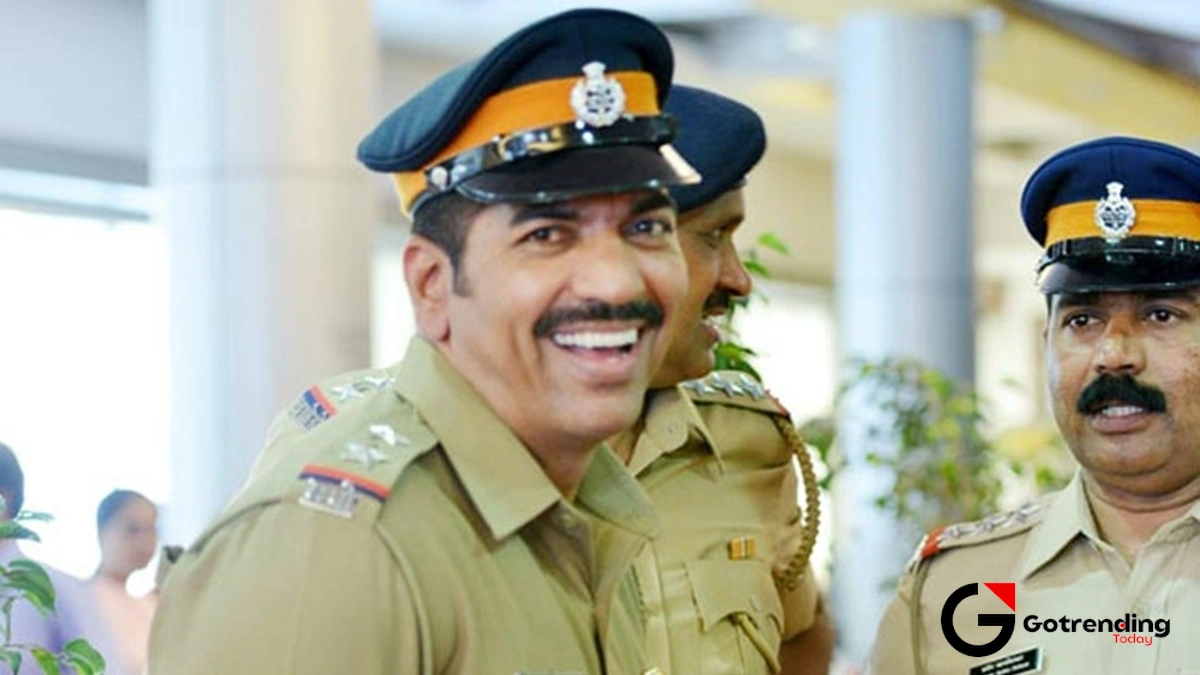
After years in a kind of professional exile, Daya Nayak is back with the Mumbai Police, currently with the Maharashtra Anti-Terrorism Squad (ATS). The “encounter” era is largely over, curtailed by judicial oversight and changing times. The myth has faded, and what’s left is a man, a police officer, with a deeply complicated past. The name doesn’t carry the same cinematic thunder it once did. It’s now more of an echo, a reminder of a turbulent, violent, and morally ambiguous chapter in Mumbai’s history.
And maybe that’s the real lesson. Our heroes are never as pure as we want them to be, and the problems they’re sent to solve are never as simple as good versus evil. The story of Daya Nayak is a Rorschach test. What you see in it probably says more about you than it does about him.
Frequently Asked Questions About Daya Nayak
Who exactly is Daya Nayak?
Daya Nayak is a police officer with the Mumbai Police who became famous in the late 1990s and early 2000s as an “encounter specialist.” This meant he was part of a group of officers known for tracking down and killing gangsters in shootouts, or ‘encounters,’ rather than arresting them. He is credited with killing over 80 alleged criminals, which made him a controversial but celebrated figure during a period of high organized crime in Mumbai.
Why are ‘encounter specialists’ so controversial?
This is the core of the debate. Supporters see them as heroes who delivered swift justice when the legal system was too slow to handle rampant gang violence. However, critics and human rights organizations argue that these encounters are often staged extrajudicial killings . The controversy lies in the lack of due process bypassing courts, judges, and juries and the immense, unchecked power it gives to the police, which can lead to corruption and the elimination of individuals without a fair trial.
Was Daya Nayak ever convicted of a crime?
This is a common point of confusion. Despite facing serious allegations, including disproportionate assets and links to the underworld, and being arrested and suspended, Daya Nayak was never convicted of these major crimes. He was cleared in the disproportionate assets case by the Supreme Court due to lack of evidence. So, while his career has been marked by major Daya Nayak controversies and suspensions, he has not been found guilty in a court of law for them.
Are there really movies based on his life?
Yes, absolutely. While not official biopics, several Bollywood films are heavily inspired by his life and the era of encounter cops. The most famous is likely Ab Tak Chhappan (2004). Other films like Company and the character of the tough, rule-bending cop in many other movies draw from the real-life personas of Nayak and his colleagues. It’s a clear example of real life directly influencing popular culture.
What is his current posting?
After a period of being side-lined, Daya Nayak was reinstated into the police force. As of recent reports, he was transferred to the Maharashtra Anti-Terrorism Squad (ATS). His return to an active, significant unit shows that despite his controversial past, he remains a part of the Mumbai Police force. It’s a career that’s seen more ups and downs than most, a path far more competitive and fraught with challenges than say, preparing for an exam like the CSIR NET .
